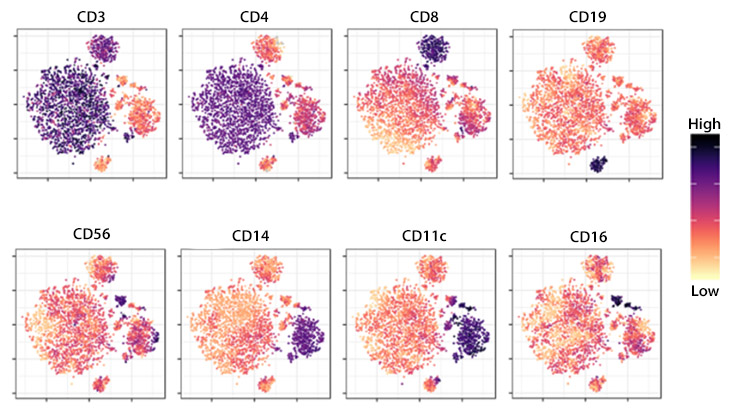Page Contents
Understanding the role of different immune cells, including how they function to protect against infection and disease, is critical to develop effective treatments for conditions such as autoimmunity, allergy, and cancer. Methods used for cell analysis typically involve identifying individual cells within a heterogeneous population via the detection of cell surface markers or other cell type-specific biomolecules. While cell analysis techniques have traditionally provided either a proteomic or genomic readout, it is increasingly common for these to be combined for multiomic analysis. Where samples such as blood, serum, or tissue biopsy material are derived from both normal and diseased hosts, comparative studies can help reveal mechanisms of disease pathogenesis.
 Login / Register
Login / Register 







Follow Us